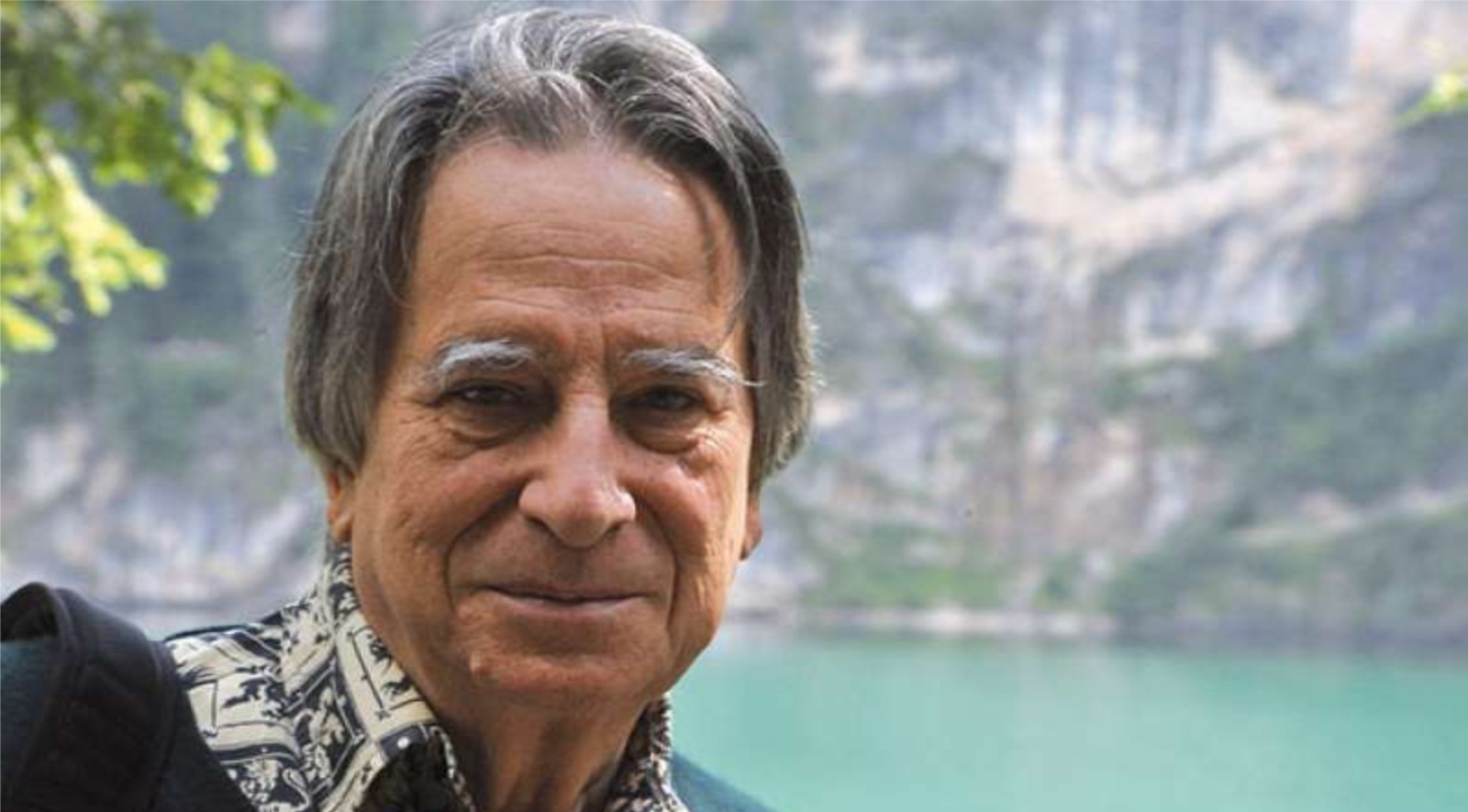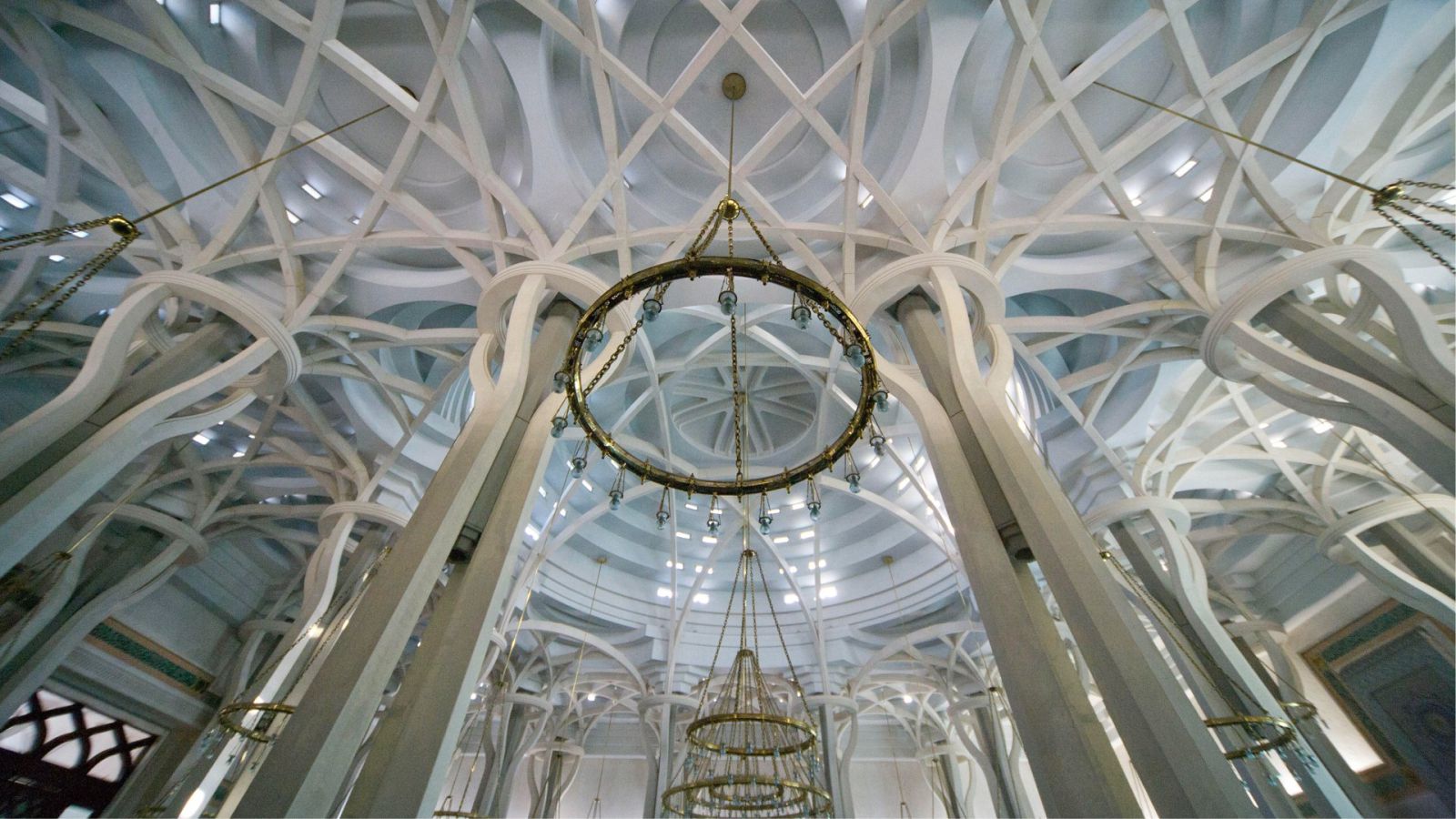The tragic experience of COVID 19 will certainly leave a mark, but it depends on whether this sign will bring about positive or negative consequences. The negative aspects are before our eyes: the so-called “social distance” the tendency to strengthen selfishness, isolation from others, diffidence, the tendency to see in the other a possible “greaser”. The positive aspects are those induced by the reflection on the disaster that struck us.
They are not – as is sometimes said – deserted cities, silence, the rediscovery of the house as a defense; they are the possibilities of change that this painful situation could force us to adopt by noting that the earth – the planet we inhabit – has had, as a consequence of our sacrifices, a significant relief.Whether the pandemic will change or not change our lifestyle depends only on us, on the strength with which those who feel the problem will be able to involve the majority of citizens.
Statistics, reliable news, considerations of illustrious scientists tell us some things that make us reflect on the responsibilities of those involved in politics but also those who deal with urban planning and architecture. For example, they tell us that in the regions where there is greater pollution of fine particles, the spread of the disease has been greater and faster and, at the same time, they tell us that the drastic decrease in the movements of men and goods has purified the air and the water of the rivers, the Venice lagoon.
I continue to teach despite being retired for more than ten years a subject called “Geo-architecture”. The aim of this discipline is to make young people understand how it can affect the improvement of men’s lives and in particular the quality of the environment, changing lifestyle and consequently changing the rules of our profession as designers. When designing, the architect must be aware of all the consequences deriving from his choices.
From energy consumption to the production of greenhouse gases, from the incidence of transport to the energy consumption coefficient of the different materials used on the construction site, to the risks of accidents at work, the impact on environmental balances, the relationship that in any case is created between architecture and nature, between architecture and landscape. Urban planning should return to serving the quality of life and not – as it has become – a discipline governed by the primacy of the economy.
I am happy that the biennial is concerned with resilience and I send my best wishes to the architect Melis who will take care of the Italian pavilion. My magazine “Abitare la Terra” has dedicated to this theme a double issue full of suggestions and reflections.
Resilience is the premise of any healing, it is the strength of mind that allows us not to give in to despair, but must also be the bearer of a collective project that is widely participated.





